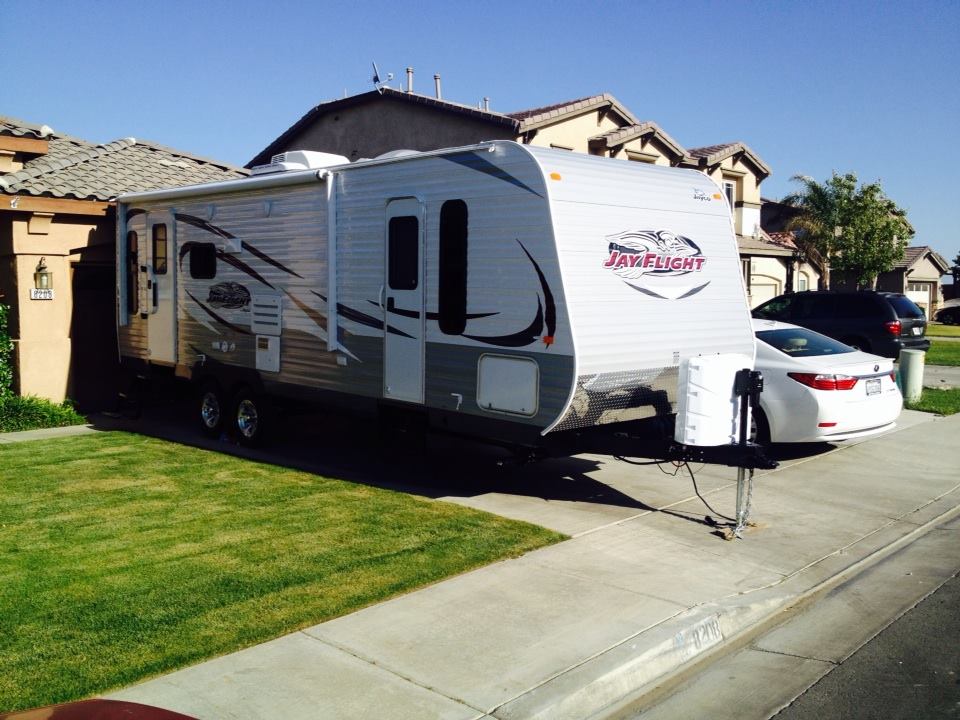Most homeowners won’t owe any taxes on profits realized from the sale of their primary home. Here’s how to find out if you’re one of them!
Chances are good that you won’t owe any taxes when you sell your primary residence, thanks to the 1997 Taxpayer Relief Act. This law eased the home sale tax burden by allowing home sellers to claim a certain amount of profit tax-free. Here’s what you need to know when determining whether or not you owe taxes on your home sale.
Meet the IRS’s requirements
First, you must meet the ownership and use test for the five years prior to selling your home: You must have owned the home for at least two years, and lived in it as your main home for at least two years. (Learn about special circumstances for members of the military, widows / widowers and married couples.)
There’s no limit on the number of times you can use the home sale exemption, but you must meet the ownership and use requirements for each home sale.
Determine the profit you made when selling your home
It’s not quite as easy as taking your home’s sales price and subtracting its purchase price. Here’s a breakdown:
1. Establish your home’s basis.
Begin with the purchase price you paid for your home, subtract any seller-paid points and add in any associated fees like title insurance and settlement fees. (Only add in fees not associated with obtaining a mortgage.) If you built your home or received it as a gift, review IRS Publication 523 to learn how to determine your home’s basis.
2. Calculate your home’s adjusted basis.
Subtract from your basis any gain you rolled over from a home sale prior to May 7, 1997 (when the new Taxpayer Relief Act went into effect), any depreciation allowed if you used part of your home for business, and any insurance payments you received as the result of casualty loss.
Then add to your basis the cost of any capital improvements you’ve made (see IRS Publication 523 for examples of capital improvements), special assessments for local improvements, and amounts you spent after a casualty to restore damaged property.
This gives you your adjusted basis. You may qualify for other reductions or additions to your home’s basis as well. Check IRS Publication 523 for details on what can be added and subtracted to obtain your home’s adjusted basis.
3. Calculate your amount realized.
Take your home’s selling price and subtract your selling expenses, including commissions and any fees incurred from the selling process.
4. Now, determine your gain.
Take your amount realized and subtract the adjusted basis. This is your profit (or loss).
As an individual, you can make up to $250,000 in profit from your home sale and not pay taxes. Married couples filing jointly can make up to $500,000 and not pay taxes.
If you don’t owe taxes, there’s no paperwork you need to fill out; just be sure to hang on to your receipts for all the calculations you made for your home’s adjusted basis and amount realized. If you do owe taxes on your gain, choose not to exclude your gain, or had a loss and received a Form 1099-S, review IRS Publication 523 for instructions on how to report the sale of your main home.
Be sure to consult with a tax or financial advisor if you’re unsure how to calculate your gain, or what qualifies as a capital improvement.
This article contains general information. Individual financial situations are unique; please, consult your financial advisor or tax attorney before utilizing any of the information contained in this article.
Related Articles
- How to deal with noise complaints in your HOA
- 5 Tips To Prevent Noise Complaints In Your HOA
- Start Enforcing Your HOA's Rules
- How To Change Your HOA's Rules
- When You May Consider A Quitclaim Deed
- Generate income while waiting to claim Social Security
- Should you use a home equity loan?
- How to pay for long-term care
- Create an annual calendar for your HOA
- Follow procedures for collecting HOA fees
- 10 tips to reduce HOA legal fees
- HOA: Five Best Practices
- Own a home in a community association? Use this tax break!
 Print
Print Email
Email








